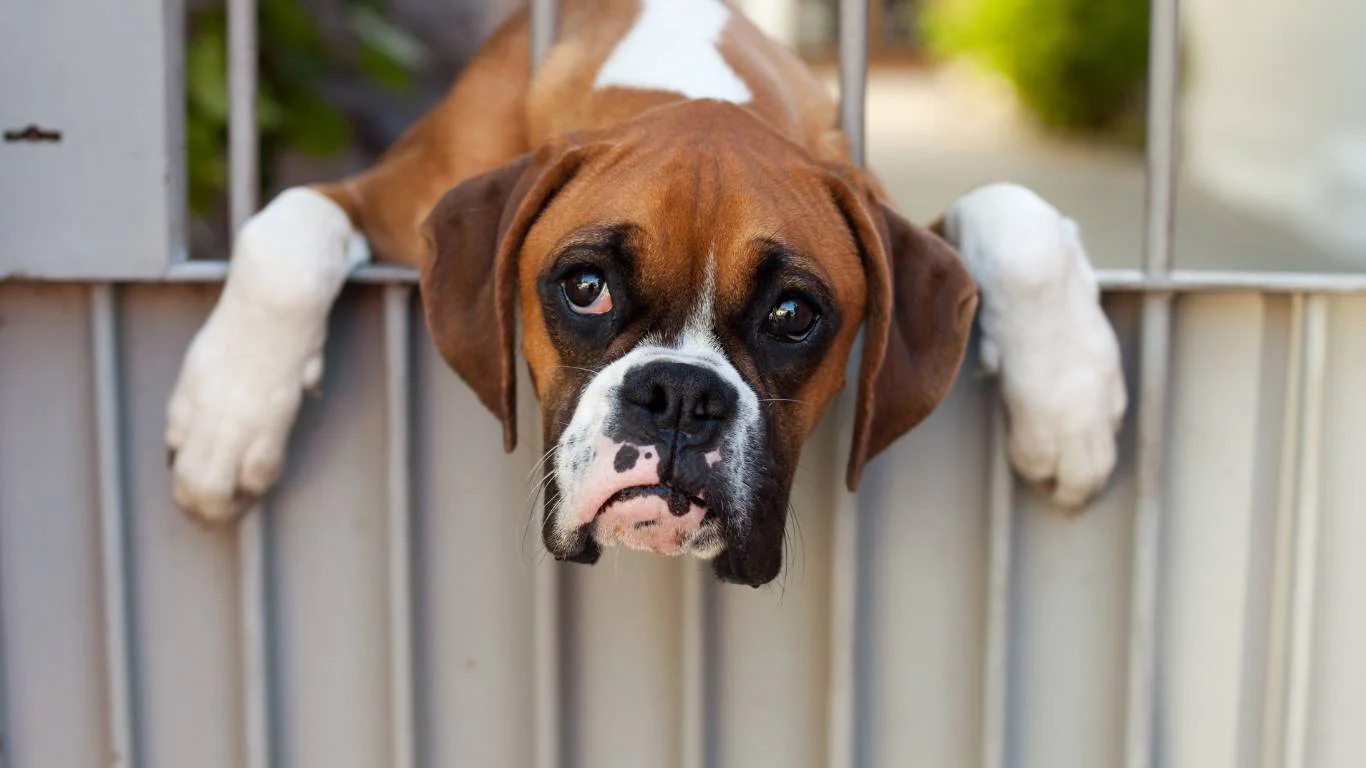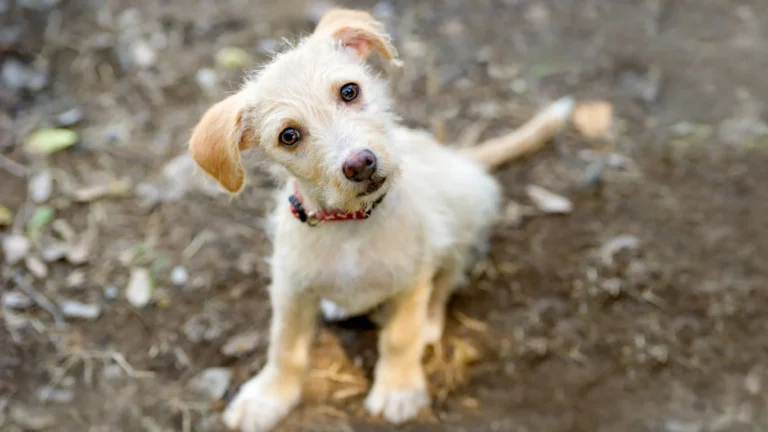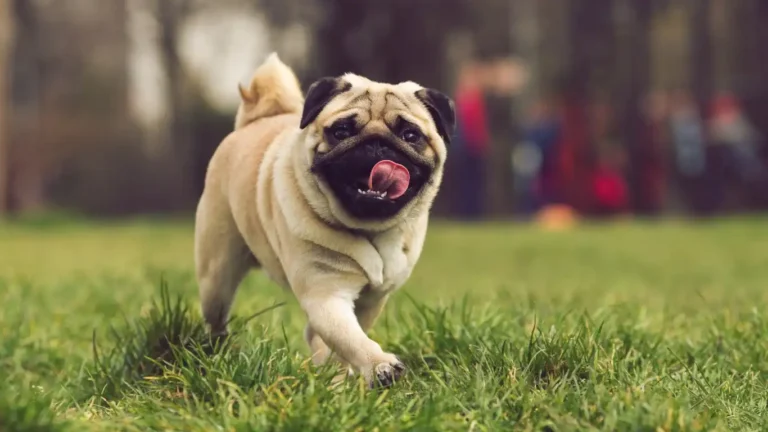How to Improve a Dog’s Breath Naturally with Simple Home Remedies
As a Veterinary Assistant with a focus on nutrition, I’ve seen firsthand how important it is to take care of our furry friends’ health in every way possible. One of the most common concerns pet parents bring up is how to improve a dog’s breath naturally. Dog breath, while normal to some extent, can become unpleasant or even a sign of underlying health issues. If you’ve been wondering how to improve your dog’s breath without resorting to chemical-laden products or expensive dental procedures, you’re in the right place!
Understanding the Causes of Bad Dog Breath
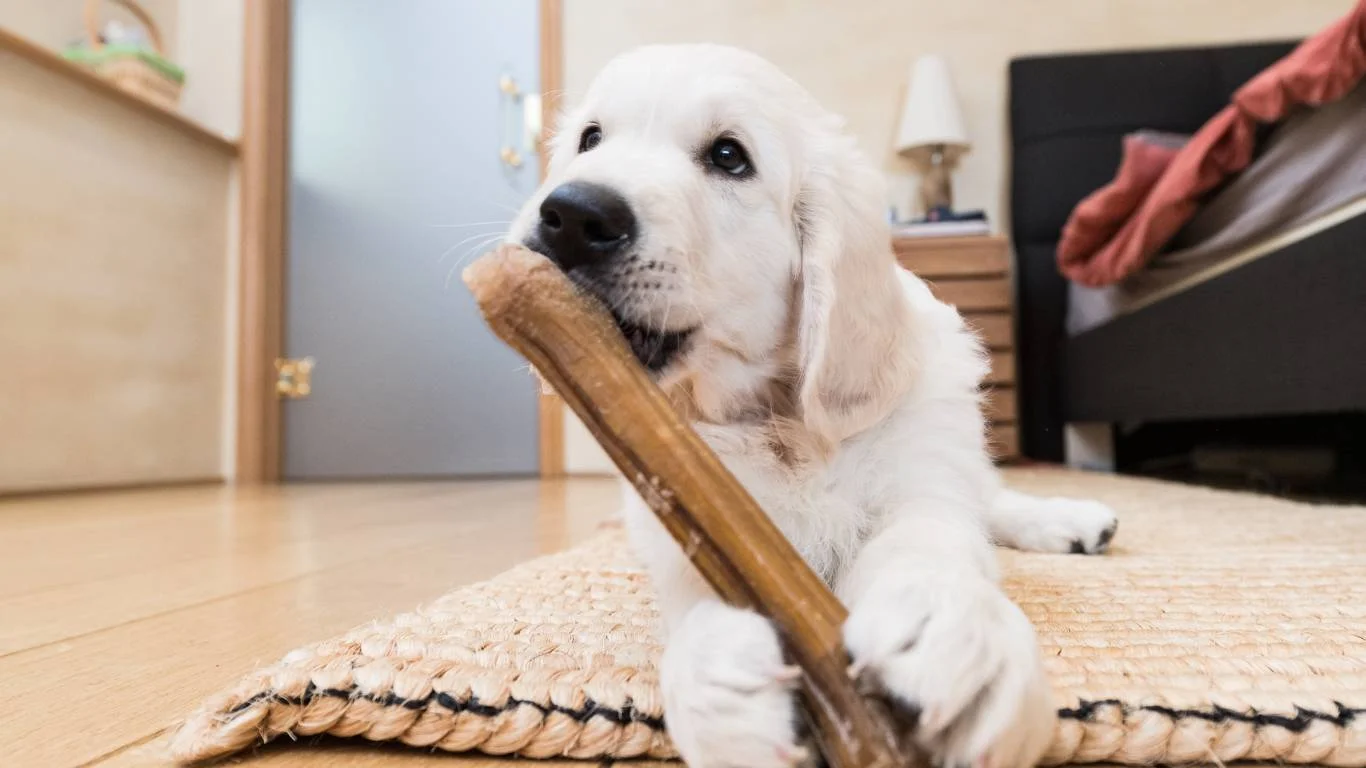
Before diving into natural remedies, it’s important to understand why your dog’s breath might stink in the first place. While the occasional stinky breath is a normal part of having a dog, persistent bad breath (also known as halitosis) could be a sign of something more serious. As someone who works with animals daily, I can tell you there are several common reasons for foul-smelling dog breath:
- Dental Issues: The most common cause of bad breath in dogs is poor oral hygiene. Just like us, dogs can develop plaque, tartar, and even gum disease if their teeth aren’t cared for regularly.
- Dietary Factors: What your dog eats can significantly affect their breath. Foods that are too rich, or certain ingredients, can sometimes leave behind an unpleasant odor.
- Underlying Health Conditions: Bad breath can sometimes be a symptom of an underlying health issue, such as kidney disease or diabetes. If your dog’s breath has a fruity or ammonia-like odor, it’s time for a vet check-up.
- Gastrointestinal Issues: Just like us, a dog’s digestive system can sometimes cause bad breath. Issues such as indigestion or an upset stomach may lead to foul-smelling breath.
How to Improve a Dog’s Breath Naturally
Now that we know what could be causing the bad breath, let’s dive into some natural remedies that can help improve your dog’s breath. These are simple, affordable, and often much gentler on your pet than relying on commercial products.
1. Regular Brushing: The Most Effective Step

Just like humans, one of the best ways to improve a dog’s breath naturally is by maintaining their oral hygiene. Regular brushing can prevent plaque buildup and keep your dog’s teeth healthy, which in turn helps eliminate bad breath. If you’re not already brushing your dog’s teeth, I highly recommend starting with a dog-friendly toothpaste (don’t use human toothpaste as it can upset their stomach).
I always tell pet owners that brushing a dog’s teeth is easier than you think, and it doesn’t have to be a stressful experience. Start slowly, use positive reinforcement, and let your dog get used to the sensation. Aim for at least a couple of times a week, if not daily, for optimal results.
2. Fresh Water: Hydration Helps
Another natural way to keep your dog’s breath fresh is to ensure they’re drinking plenty of fresh water. Just like humans, dehydration can lead to bad breath, and a dry mouth provides the perfect breeding ground for bacteria that cause bad odors. Make sure your dog always has access to clean water, especially after meals or long walks.
If your dog isn’t keen on drinking water, try adding a little flavor to it by using a dog-friendly water additive. This can encourage them to drink more, which will help keep their mouth moist and bacteria-free.
3. Healthy Diet: What You Feed Matters
The food your dog eats plays a huge role in their overall health, including their breath. Certain foods, especially those with low-quality ingredients or additives, can lead to bad breath. Switching to a higher-quality diet with whole foods and more natural ingredients can make a significant difference.
Consider opting for a diet rich in natural fibers, high-quality proteins, and omega-3 fatty acids, which can support not only healthy teeth but also overall digestive health. It might take some trial and error to find the best food for your pup, but investing in their diet will pay off in the long run.
4. Dental Chews and Toys

Another simple and effective way to improve a dog’s breath naturally is by offering dental chews or toys. These specially designed products help to clean teeth and massage gums, which can reduce plaque buildup and bad breath. I’ve seen great results with these chews, especially when combined with regular brushing.
Look for dental chews made with safe, natural ingredients. Avoid treats that are too hard, as they could break your dog’s teeth. I always recommend consulting with your vet for the best options based on your dog’s breed and dental health.
5. Herbal Remedies: Nature’s Fresh Breath
If you’re looking for even more natural solutions, herbs can be a great way to improve your dog’s breath. Certain herbs have natural antibacterial properties that can help reduce the bacteria in your dog’s mouth. Some of my personal favorites include:
- Parsley: A simple herb that can neutralize odors and improve fresh breath.
- Mint: Known for its breath-freshening properties, mint can be a tasty addition to your dog’s treat routine.
- Fennel: This herb can help with digestion and also acts as a natural deodorizer.
You can add small amounts of these herbs to your dog’s food or use them as treats. Just be sure to consult your vet about safe doses before introducing any new herbs into their diet.
6. Probiotics for a Healthy Gut
If your dog’s bad breath is linked to gastrointestinal issues, adding probiotics to their diet could help. Probiotics are beneficial bacteria that promote a healthy gut and can balance the bacteria in your dog’s mouth. A healthy gut often translates to fresher breath!
Probiotics come in many forms, including powders, capsules, and treats. Speak with your vet about the best options and the appropriate dosage for your dog’s size and age.
Incorporating Raw and Crunchy Foods
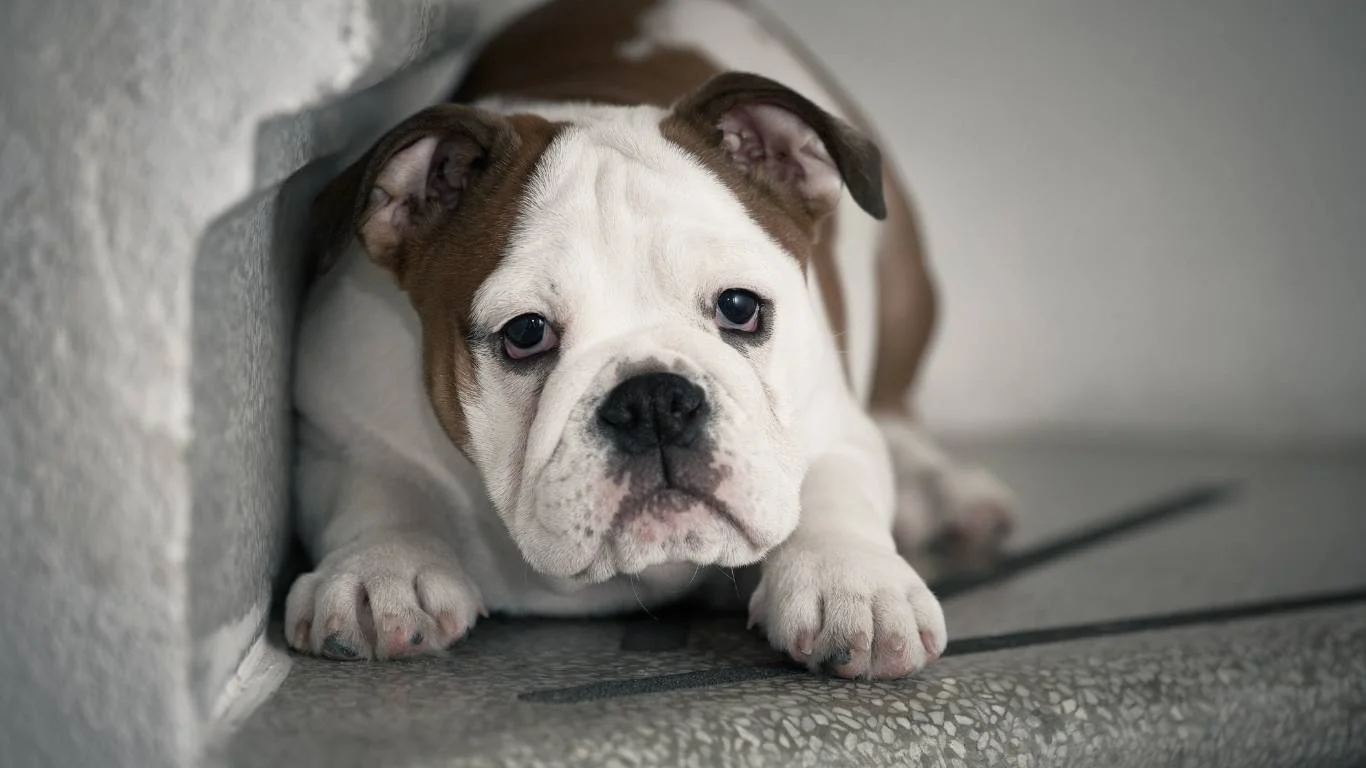
One of the simplest and most overlooked ways to improve a dog’s breath naturally is by adding raw and crunchy foods to their meals. Raw vegetables like carrots, celery, and even cucumbers act as natural toothbrushes. They help scrape away food particles and tartar as your pup chews—plus, most dogs love the crunch!
I often tell clients at the clinic to keep a stash of baby carrots in the fridge. They make a fantastic low-calorie treat, especially for dogs that could lose a little weight. Crunchy snacks not only help with dental hygiene but also give their jaws a healthy workout.
If your dog tolerates raw bones (always supervised and never cooked!), these can also be helpful. Raw meaty bones can aid in removing buildup on teeth naturally. Just make sure they’re appropriately sized for your dog and sourced safely. Not every dog’s stomach can handle raw bones, though, so it’s a good idea to ease into it and monitor how your dog reacts.
Natural DIY Breath Freshening Treats

Let’s talk homemade! If you enjoy baking or whipping up simple treats for your pup, making DIY breath-freshening snacks is a fun and effective option. I’ve experimented with all kinds of combinations in my own kitchen, and the dogs I’ve cared for over the years are always eager taste-testers.
Here’s a basic recipe I recommend:
- 1 cup oat flour
- ½ cup finely chopped parsley
- ½ cup fresh mint leaves
- 1 egg
- 1 tablespoon coconut oil
Mix all the ingredients, roll into small balls or flatten into cute shapes, and bake at 325°F (163°C) for about 20-25 minutes until slightly golden. Store in an airtight container and offer one as a treat after meals. They’re safe, natural, and actually help freshen up your dog’s breath with each bite.
Why these ingredients work:
- Parsley – Acts as a natural deodorizer.
- Mint – Gives a clean, fresh aroma to breath.
- Coconut oil – Has antibacterial properties and supports oral health.
Every dog is different, so monitor how your pup reacts to the ingredients the first time you try a new treat. Some herbs in large quantities can upset a dog’s stomach, so moderation is key.
Daily Habits to Support Fresh Breath
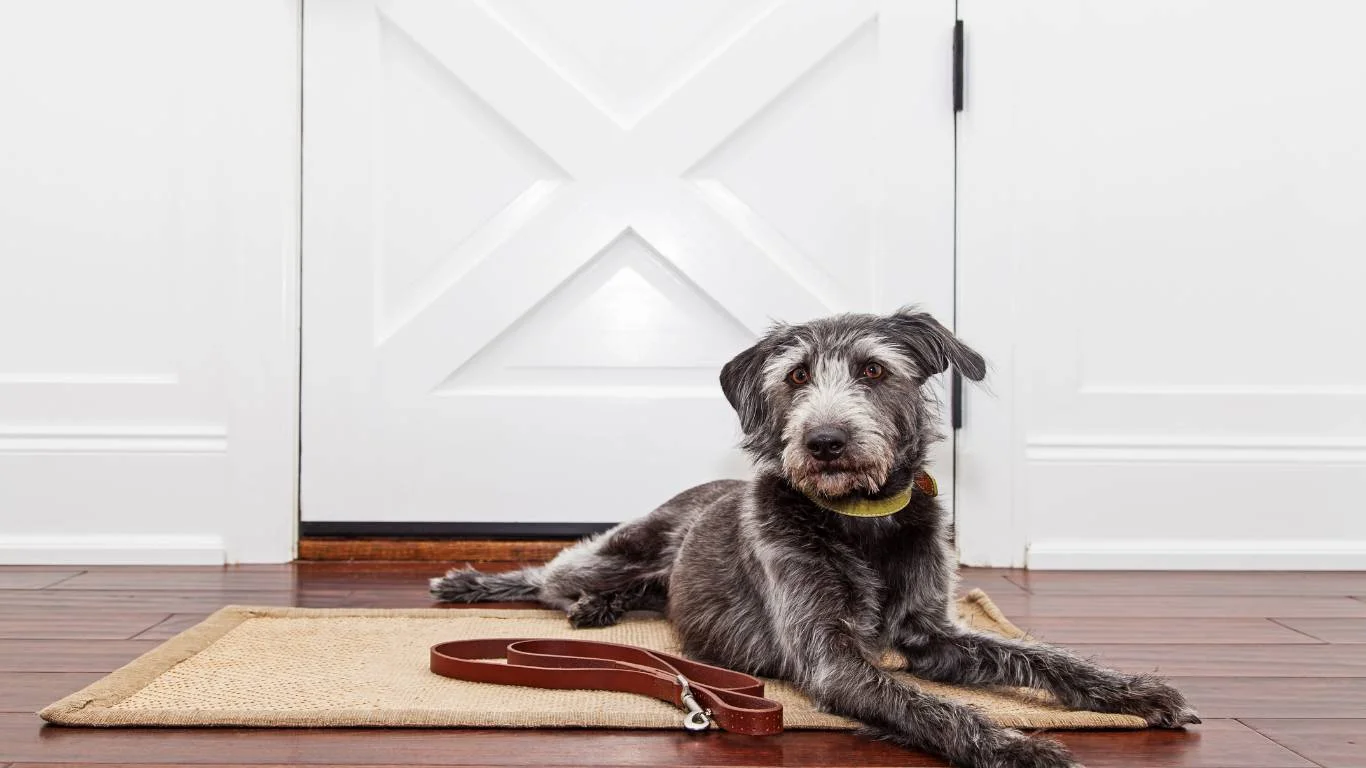
Improving your dog’s breath naturally isn’t just about the occasional minty treat. It’s really about creating daily habits that promote better oral hygiene and overall health. Over the years, I’ve found that dogs thrive on routines—and breath care is no different.
Daily Checks Go a Long Way
Make it a habit to check your dog’s mouth every day. You don’t need to do a full-on inspection like a vet, but gently lift their lips and take a quick peek at the teeth and gums. Are they pink and healthy-looking? Any visible tartar or redness? A quick look can help you catch early signs of dental issues before they turn into something more serious (and more expensive to fix).
Encourage Chewing, But Choose Wisely
Chewing helps keep teeth clean, but not all chews are created equal. Avoid plastic bones or extremely hard chews that could damage your dog’s teeth. Instead, go for options like:
- Natural antlers (for dogs with strong jaws, used under supervision)
- Rubber toys with grooves you can stuff with treats or dog-safe toothpaste
- Frozen carrot sticks – soothing for teething puppies and also freshening
I had a senior Labrador patient who was obsessed with his textured dental toy. His owner swore it made more of a difference than brushing ever did. Find what your dog enjoys and build that into their routine!
When to See the Vet
Alright, here’s where I put my vet assistant hat back on. While there are tons of natural ways to improve a dog’s breath, sometimes that stinky smell is trying to tell you something more serious. If your dog’s breath is persistently foul—like, knock-you-out bad—or smells sweet, metallic, or ammonia-like, it’s time to call your vet.
These could be signs of:
- Advanced periodontal disease
- Kidney dysfunction
- Diabetes
- Gastrointestinal imbalance
Early detection saves lives, not to mention dental bills. I’ve assisted in plenty of dental cleanings where we found cracked teeth, abscesses, or deep infections that weren’t obvious until the dog was under anesthesia. Your nose knows—if it smells off, don’t ignore it.
Extra Tips from the Clinic
Before wrapping up this section, I wanted to share a few bonus tips straight from my day-to-day work in a vet clinic. These are little nuggets I’ve picked up after handling hundreds (maybe thousands?) of slobbery, lovable pups over the years:
- Start young – It’s way easier to build oral care habits with puppies than trying to convince a senior dog to suddenly tolerate brushing.
- Use praise and treats – Always follow up any tooth-check or brushing session with positive reinforcement. Make it a happy moment!
- Tag team with grooming sessions – If your pup already sits still for grooming, it’s a great time to sneak in some oral care while they’re chill.
- Stay consistent – Even if you can’t do it every day, regular care a few times a week is better than none at all.
The key here is patience. Some dogs take time to warm up to having their teeth touched. Be gentle, go slow, and don’t give up. You’re not just freshening their breath—you’re literally improving their quality of life.
More Tips to Improve Your Dog’s Breath Naturally

Now that we’ve covered some key natural remedies and habits for improving your dog’s breath, let’s dive into a few more tips that can make a world of difference. These aren’t quick fixes but can contribute to long-term oral health and a fresher-smelling pup. As always, I’ve seen firsthand how much of an impact these can have on dogs’ breath in the long run. It’s all about creating a holistic approach to your dog’s overall health!
1. Ensure Regular Veterinary Checkups
No matter how much you brush or how many natural remedies you try, nothing beats the importance of regular veterinary visits. I can’t stress this enough—your vet is the best person to help with any underlying health issues that could be contributing to bad breath. Regular checkups are a great opportunity to catch problems early and ensure your dog’s teeth and gums are in tip-top shape.
Even if your dog’s breath seems fine, taking them in for a routine dental check at the vet is still essential. During these visits, your vet can spot any signs of plaque buildup, gum disease, or other dental issues you might not have noticed. Plus, they can help you create a customized care routine tailored to your dog’s needs.
2. Keep an Eye on Their Diet and Treats
Earlier, we talked about feeding your dog quality food for fresh breath, but let’s revisit that for a moment. The treats you give your dog matter just as much as their regular meals. Low-quality treats or snacks filled with artificial additives can wreak havoc on their breath.
Instead of opting for treats loaded with sugar or artificial ingredients, try natural options like freeze-dried liver, small pieces of cheese, or even a spoonful of peanut butter (without xylitol!). These types of treats are more likely to support your dog’s health while keeping their breath fresh.
Don’t forget that high-fat foods can sometimes contribute to unpleasant odors as well. If your dog is on a high-fat diet, it might be worth consulting your vet to see if switching to a leaner food is an option. Over time, this could help alleviate some of that lingering smell!
Using Mouth Sprays or Water Additives

If you want an extra boost in between brushing sessions or meals, consider using a dog-safe mouth spray or water additive. These products are designed to help freshen breath while also promoting oral health by reducing plaque and bacteria buildup. They’re simple to use—just spray them into your dog’s mouth or add the water additive to their bowl of water.
I’ve used these types of products with many pets in the clinic, and I’ve found that they can be especially helpful for dogs who aren’t as cooperative during tooth brushing sessions. While they shouldn’t replace regular brushing, they can serve as a convenient way to manage breath in between cleaning routines.
Be Mindful of Dog Breeds and Their Unique Needs
When considering how to improve your dog’s breath naturally, it’s important to keep in mind that some dog breeds are more prone to dental issues than others. For example, small dog breeds like Chihuahuas, Pomeranians, and Dachshunds are often more susceptible to dental disease due to their tiny mouths and crowded teeth. On the other hand, larger breeds, while less prone to crowding, might still suffer from plaque buildup if their dental hygiene isn’t maintained.
For dogs with flat faces, like Bulldogs and Pugs, their unique mouth structures can make it harder to clean their teeth properly. This is something to consider if you’re dealing with a breed that tends to have more dental challenges. With these dogs, you may need to be extra diligent about brushing and seeking professional dental cleanings more frequently.
Tailor Your Routine Based on Your Dog’s Needs
Regardless of breed, every dog’s oral health routine should be adjusted to fit their individual needs. Some dogs may need more frequent brushing, while others might be able to get by with just the occasional dental chew. The key is to listen to your dog’s cues and work with your vet to ensure you’re providing the best care possible.
Whether your dog is a senior, a puppy, or somewhere in between, their oral health needs will change as they age. Keep this in mind as you develop a care plan that evolves with your dog. Staying proactive in their dental hygiene can make all the difference in the long run!
Conclusion: The Power of Consistency and Care
As we’ve explored, there are many natural ways to improve a dog’s breath. From brushing their teeth to offering the right treats and creating a healthy routine, you have the tools to help your pup maintain fresh breath and good oral health. Remember, consistency is key. The more you make dental care a part of your dog’s daily life, the better the results will be.
Taking these steps doesn’t just benefit your dog’s breath—it contributes to their overall health and well-being. By staying on top of their oral care and working with your vet to address any potential issues, you’ll be helping your dog live a longer, happier life with fewer visits to the clinic for major dental problems.
References
For more information on dog dental care and general health tips, check out some of these helpful resources:
- American Kennel Club (AKC) – Canine Health & Care
- American Veterinary Medical Association (AVMA) – Oral Health in Dogs
Disclaimer
The information provided in this article is based on my experience as a Veterinary Assistant and should not be considered medical advice. Always consult your veterinarian for advice on your dog’s health, including any concerns about bad breath or dental problems. Every dog is different, and your vet can help create a personalized care plan that’s best suited to your dog’s specific needs.
